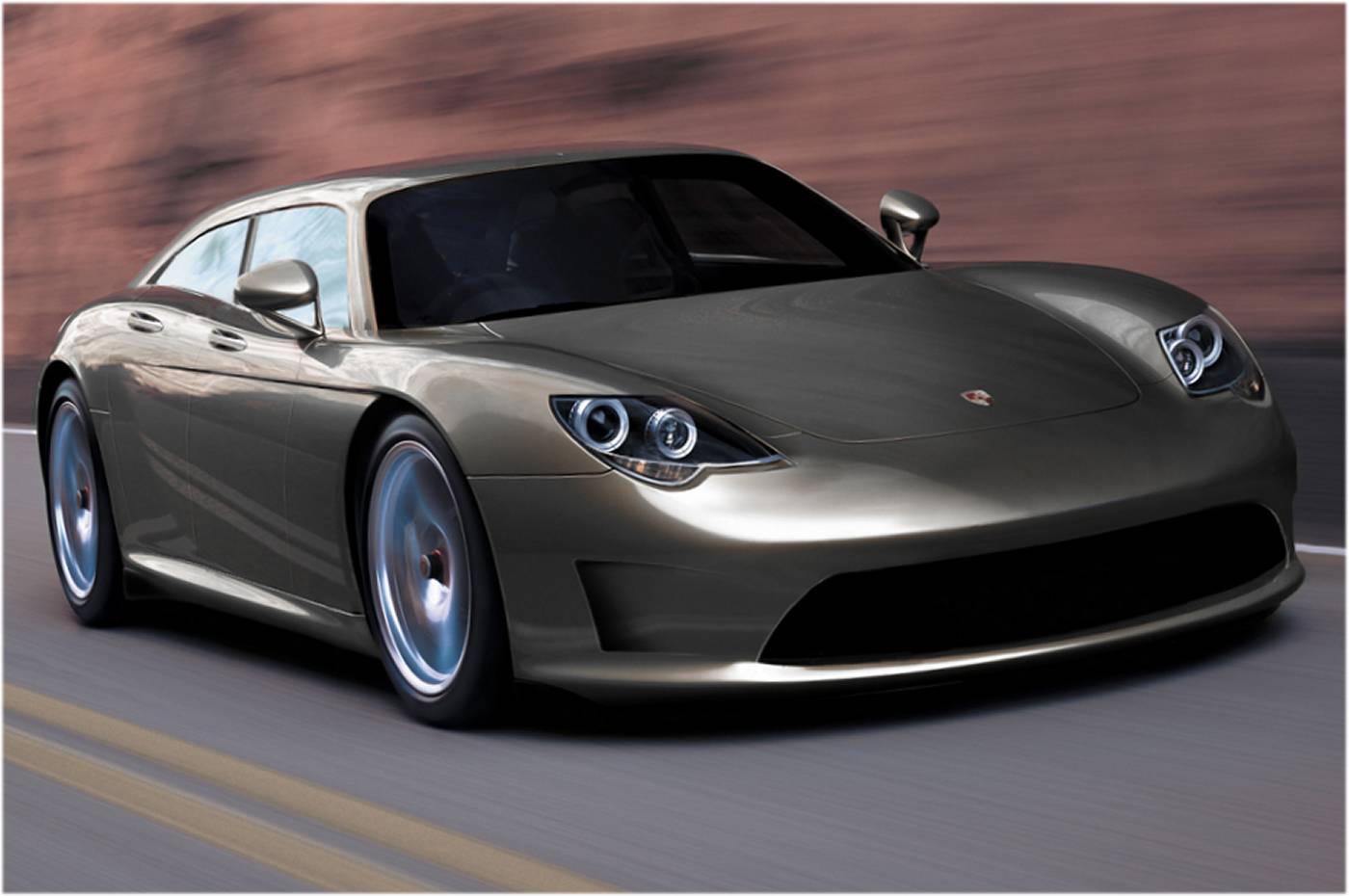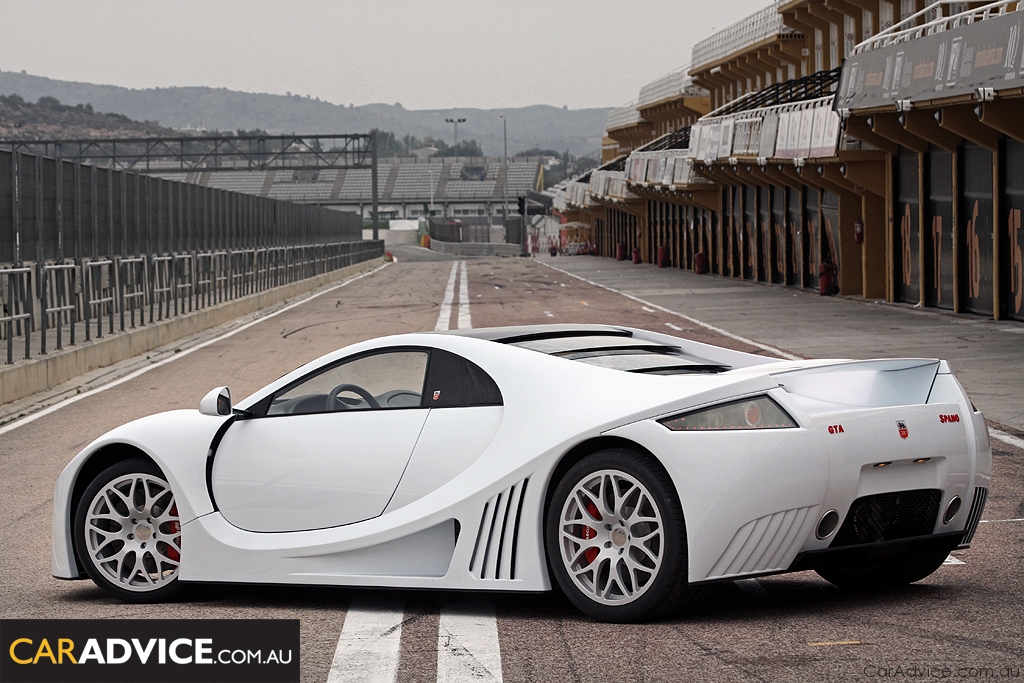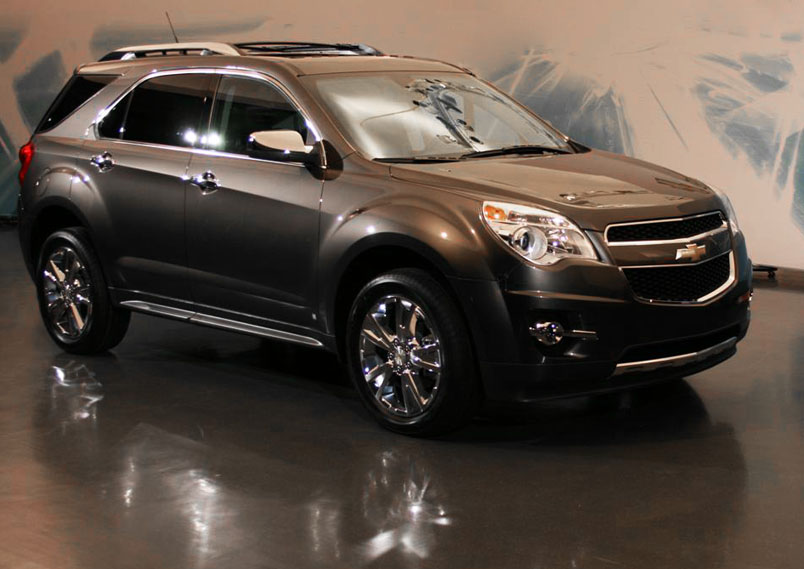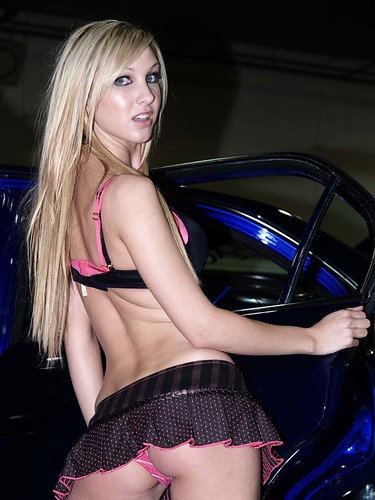Trans Am Cars Third generation (1982–1992) Part 5

Picture Of
Trans Am CarsTo lure in new buyers, Pontiac offered a lengthy list of interior amenities, such as the Viscount "PMD" seats, locking rear floor panel, cloth covered interior panels, power windows/ mirrors/ locks/ rear hatch, a leather interior package. seats/ steering wheel rim/ shift knob (auto or manual)/ parking brake handle, etc. Several engines were available. the standard economy minded fuel-injected 90 hp 2.5L 4 cylinder Pontiac "Iron Duke" (marking the 1st time a 4-cylinder engine was offered in a Firebird, and in a sad twist of fate, the last "True" Pontiac designed engine offered); a 102 hp 2.8L V6; and two Chevy 5.0L V8s, (305ci). The first and most common was the LG4 305ci, utilizing GM's "Computer Command Control", an electronically assisted carburetor/distributor system, it produced 145 hp (108 kW). The other was the new LU5 "Crossfire" fuel-injected 305, which employed an electronically controlled, twin throttle-body fuel injection system, similar to that used in the 1982 Corvette's 5.7L, and produced 165 hp (123 kW). Available transmissions were the TH-200C 3 speed automatic on 4, 6, & some LG4 V8 cars, the venerable TH-350 automatic was used on most V-8's, and the very sturdy Borg-Warner 4 speed was the only manually shifted transmission available. The base Firebird came standard with 14-inch (360 mm) steel wheels, optional 14-inch aluminum rims, and 15-inch (380 mm) aluminum wheels were available on the S/E and Trans Am Cars models. RPO WS6 retuned for 1982, available on both the S/E and Trans Am Cars, it included 4-wheel disc brakes, P215/65R15 Goodyear Eagle GT radials with 15-inch (380 mm) cast aluminum wheels, stiffer springs, a 34mm front and 23mm rear sway bars, a fast ratio 12.7:1 Saginaw steering box, and RPO G80 limited slip GM "Corporate" 7.5 inch 10 bolt rear differential. Also optional was the WS7 option, which was the same as the WS6, but used rear drum brakes instead of the 4-wheel disc brakes. This option was created due to a shortage components for the rear disc set-up.


















































